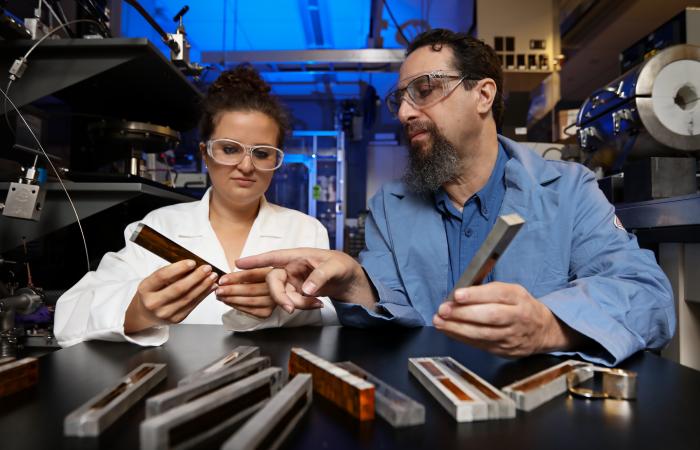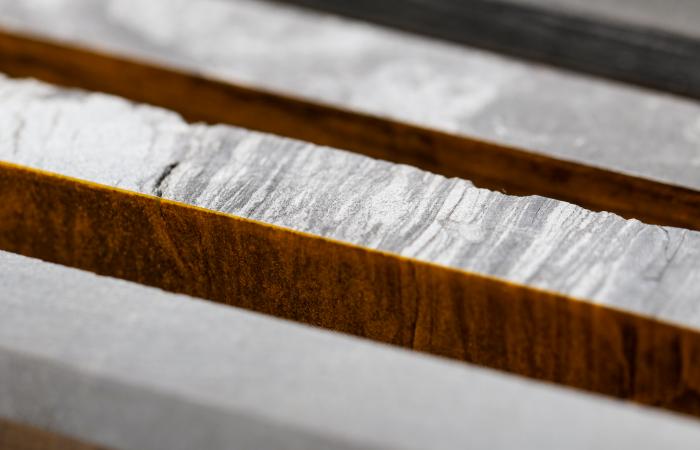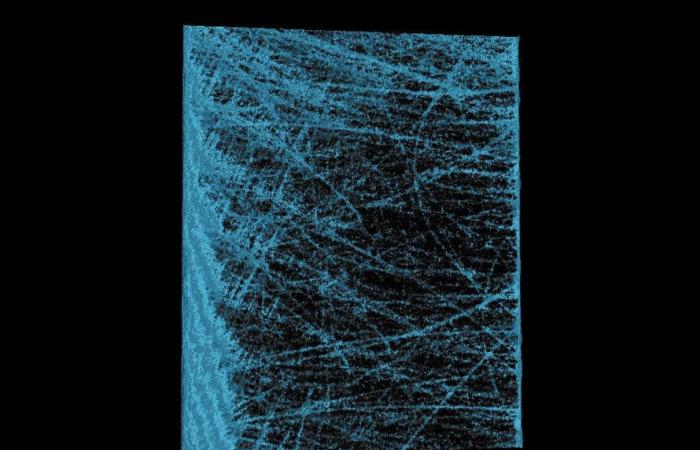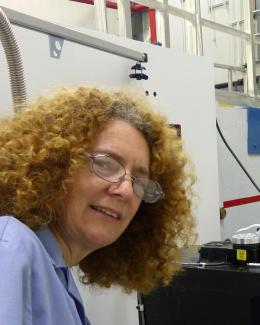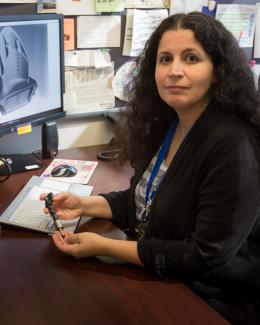January 3, 2018 - To improve models for drilling, hydraulic fracturing and underground storage of carbon dioxide, Oak Ridge National Laboratory scientists used neutrons to understand how water flows through fractured rock. Researchers used neutrons bouncing off the hydrogen in water molecules to see inside the rock’s microstructure without destroying it and quantify water uptake in real time.
“One of the biggest challenges with shale is that it’s such a complex system,” ORNL’s Victoria DiStefano said. “Neutrons help us grasp the complex rock and fracture properties, which determine how quickly water uptake occurs in the rock.” Results of the study, which used rock samples from the oil- and gas-rich Eagle Ford Shale Formation in Texas, are detailed in the Journal of Earth Science. Future research will explore how fracture characteristics, such as roughness and mineralogy, affect these interactions.


